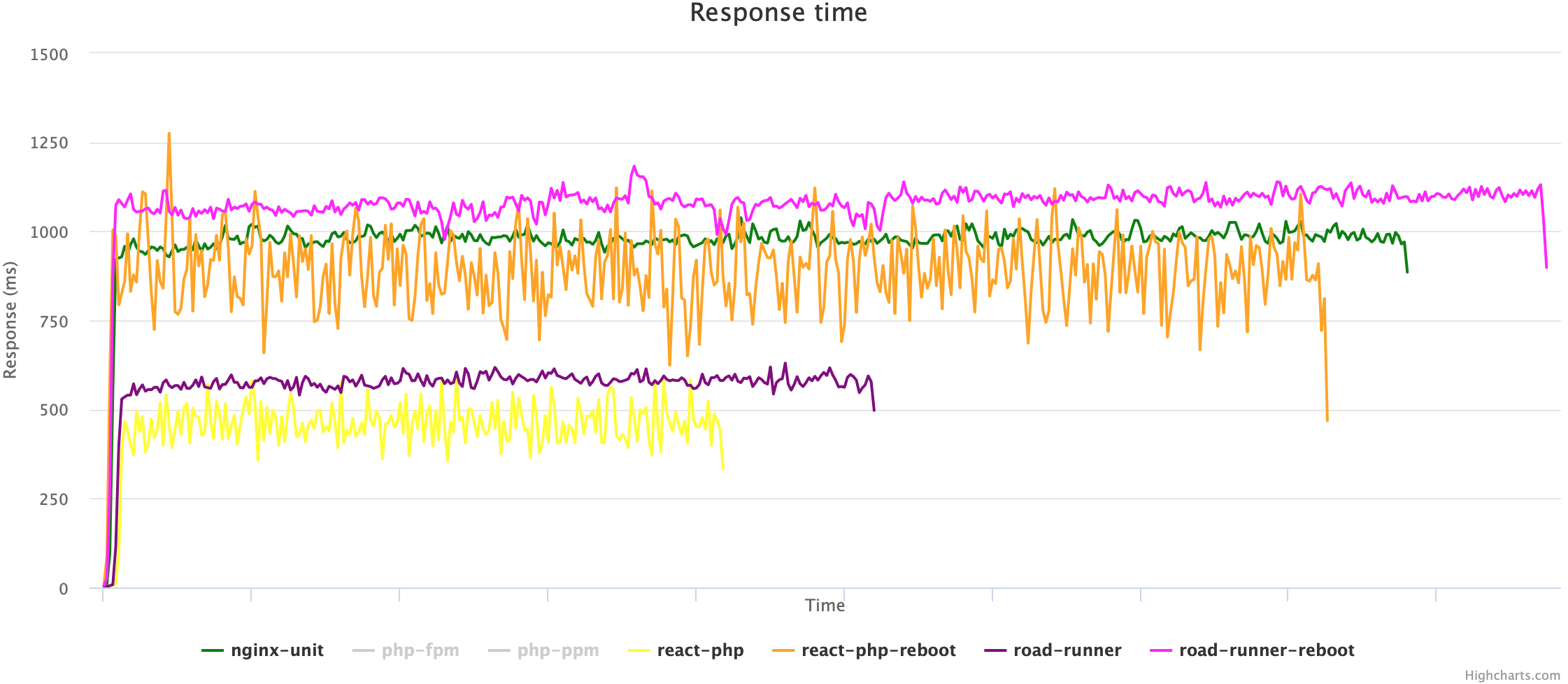

I don\’t know exactly how she solved it, but she said she did some things with the UV offsetting or something of this nature (sorry I know nothing of modeling and texturing like she does) Originally it had worked but only with using the \’Flip Y\’ option. So as you can imagine I was highlighting the wrong options or not highlighting anything at all. We had some severe problems getting things to line up and show correctly as when using \’Flip Y\’ option in the Coherent View, it was causing the mouse hover to not correctly calculate the proper screen space. It is usually set by the Unity \’Generate Colliders\’ option on the model upon import but I somehow overlooked all this completely. I solved the issues I was having by having my modeler model me a gengon as well as realizing there was no mesh collider on the object (doh!). I was going to email you, but figured better this be in the public eye if anyone else runs into the issue. To achieve this we use the Coherent Labs Animation Framework which is based on GSAP. To enhance the functionality of the menu we create animation which moves the menu items on mouse scroll. We duplicate it in order to create the rest of the menu labels and the menu is now complete.Ģ.4 Add additional interactivity with the Coherent Labs Animation Framework and GSAP

Now our menu item symbol is complete and animated. The same way we create an action for mouse leave to play from the beginning of the timeline so that the item will be restored when the mouse leaves it. To make it work we just use the mouse enter action of the symbol and make it play from the starting moment of the hover animation. The goal is to make all the blue elements red when the user moves the mouse over the menu item. Then we choose a later time on the timeline and we create there our hover animation.Īgain we animate the position, color, opacity and size of the elements by placing the appropriate keyframes and transitions on the timeline.
#Edge reflow tutorials code#
To achieve this we first add a trigger at the end of the initial animation with the following code which causes it to stop: This means, however, that we need to have multiple animations for the same symbol on the same timeline. Then, we create an animation to be played when the user hovers the mouse pointer over the menu element. The goal is to make the corner images move towards the text and back. We animate the position, opacity, and size of the elements again by placing the appropriate keyframes and transitions on the timeline. Now our menu item looks complete and we convert it to a symbol and start animating it.įirst, we create an initial animation to be played when the UI is first loaded. Then using the Rectangle tool we add background Using the selection tool we select, clone, position and rotate them to achieve the desired design. The menu 2.1 Create the project and import imageĪgain we create a new Adobe Edge project and we import all the image files. Lastly, we use the ellipse tool to create a few additional circular shapes.Īnd the HTML content for the watch is complete. When this trigger is reached it will cause the animation to restart from the beginning. In order to make the animation loop at the end of each one add a trigger with the following code: For more information about the Adobe Edge timeline and keyframes check this tutorial – in our blogpost. So, one by one we select the newly created symbols and we animate their rotation by placing the appropriate keyframes and transitions on the timeline.

In this way can have them rotating at different speeds independent of each other. By doing this we have a separate timeline for each of the images. Then we convert each of the images to a symbol (by right-clicking on the image and selecting convert to symbol). Make sure to check the snap to guides option (view/snap to guides). We use the built-in guidelines(purple lines) of Edge Animate to center them vertically and horizontally. Then using the select tool we resize each of the elements.

Then we import the image assets by dragging and dropping them in the scene (the image assets are available herealong with the rest of the tutorial’s files). We create a new Edge project and setup the width and height of the stage to the same size to make it square. In part 1 of the tutorial we mapped the Coherent UI views on 3D meshes and now we just need to create the HTML content for the UI.įirst, we will create the HTML content for the Coherent UI view on the watch. On the image above you can see the finished menu. In part two of the 3D hologram menu tutorial we’ll create the HTML content for the menu using Adobe Edge Animate and the Coherent Labs Animation Framework.


 0 kommentar(er)
0 kommentar(er)
